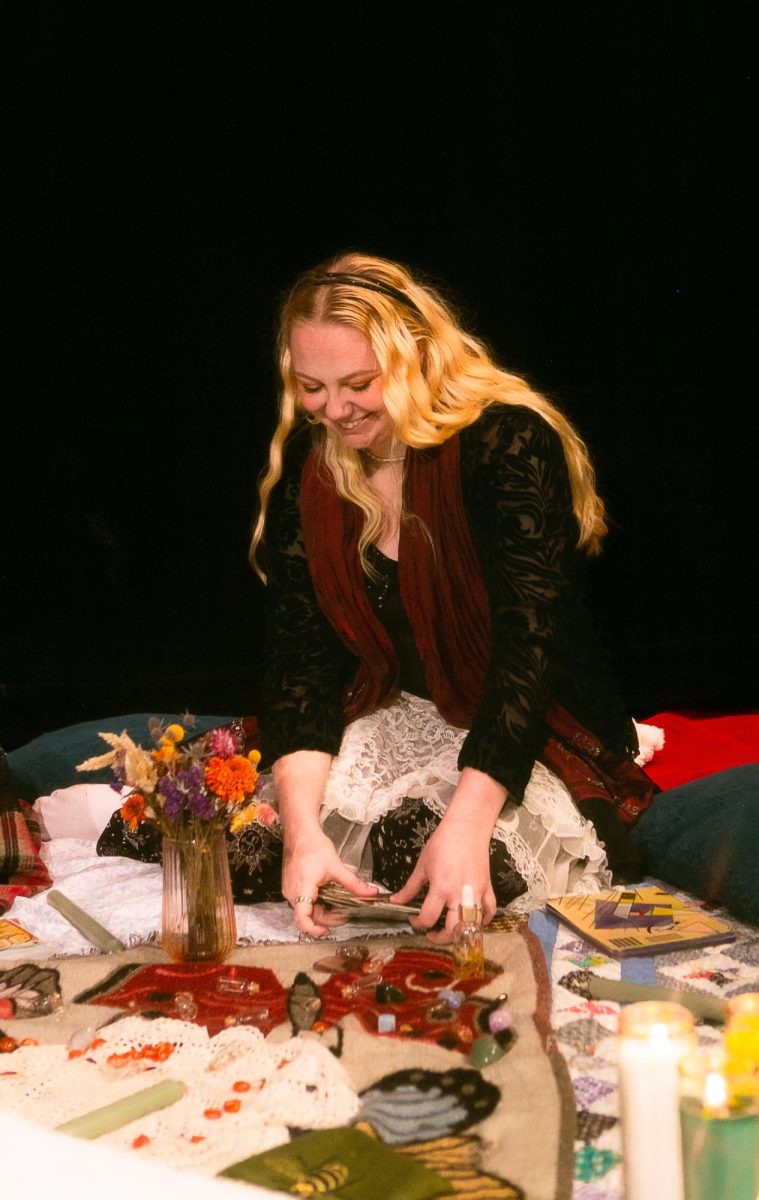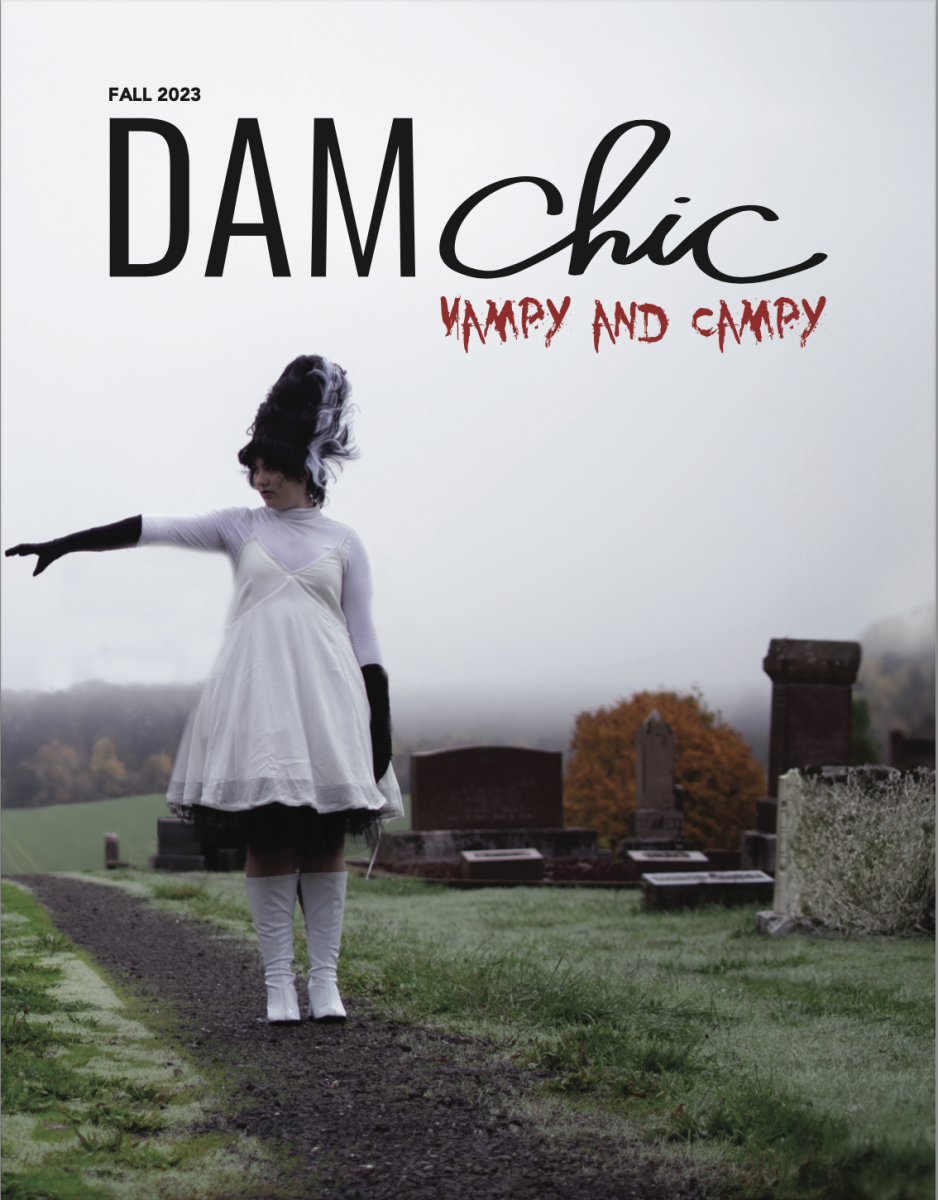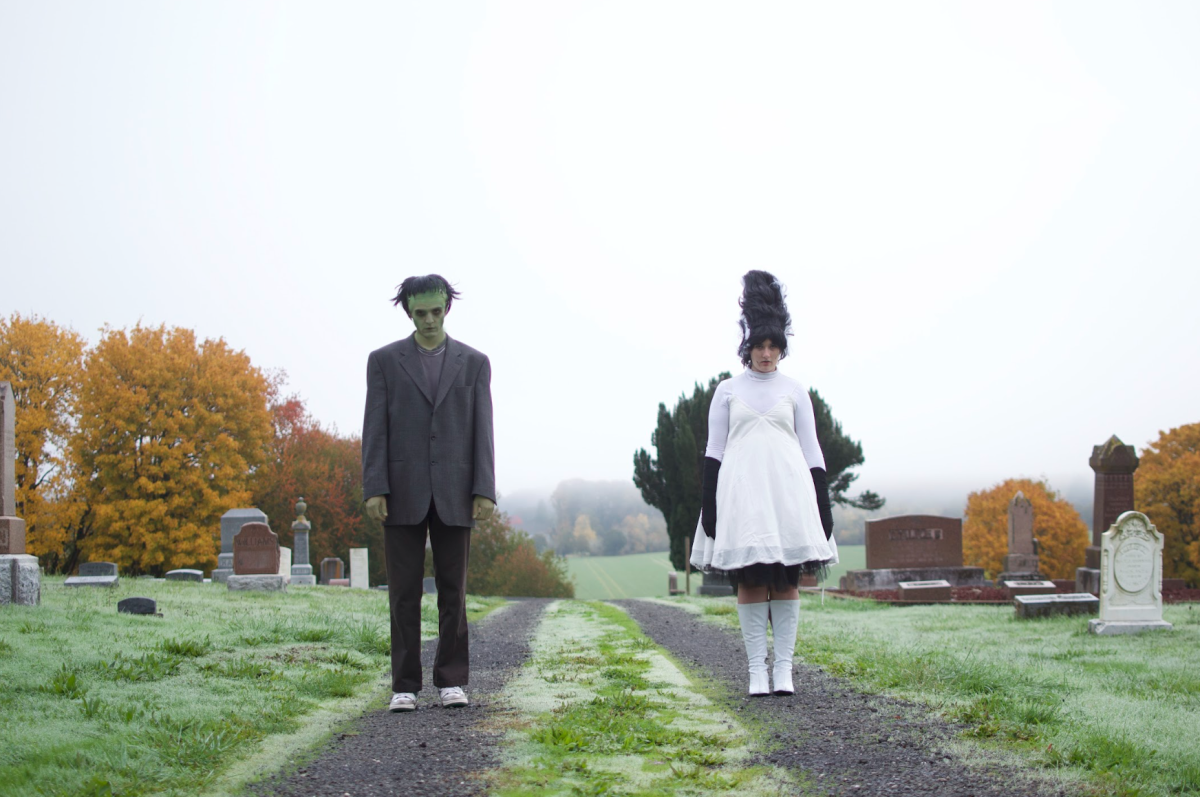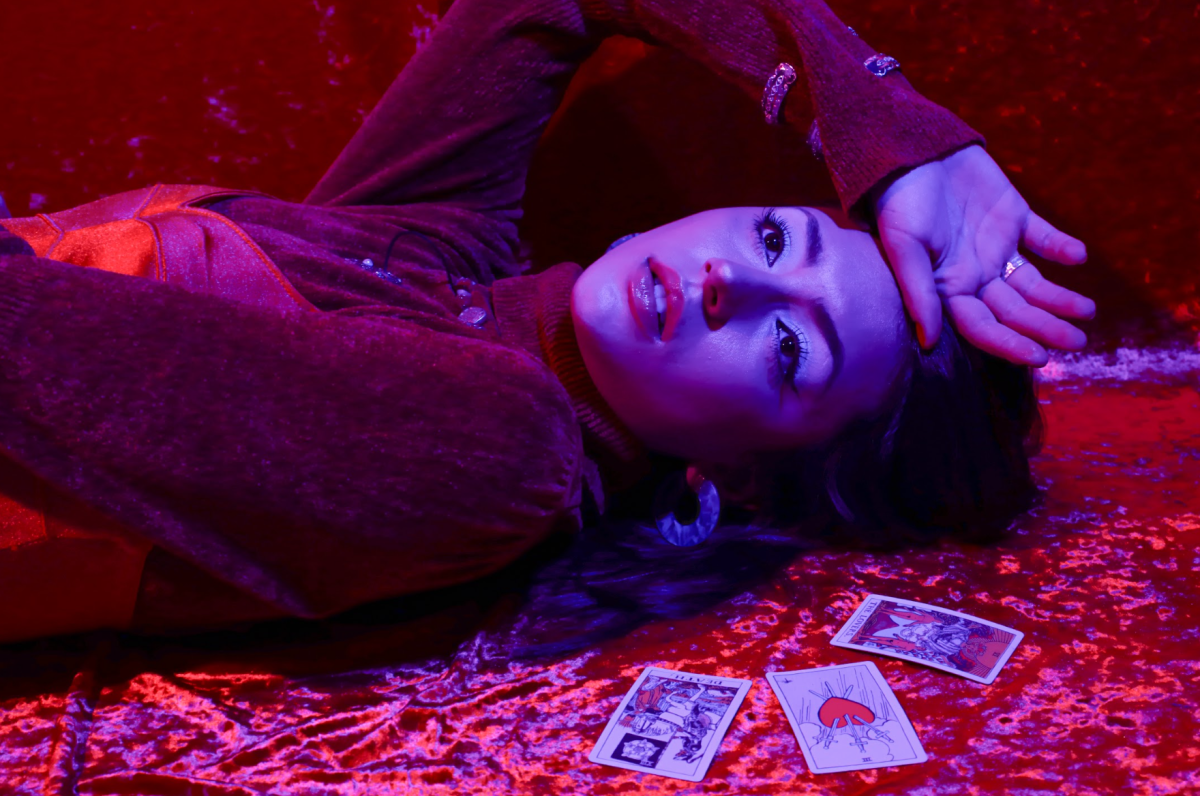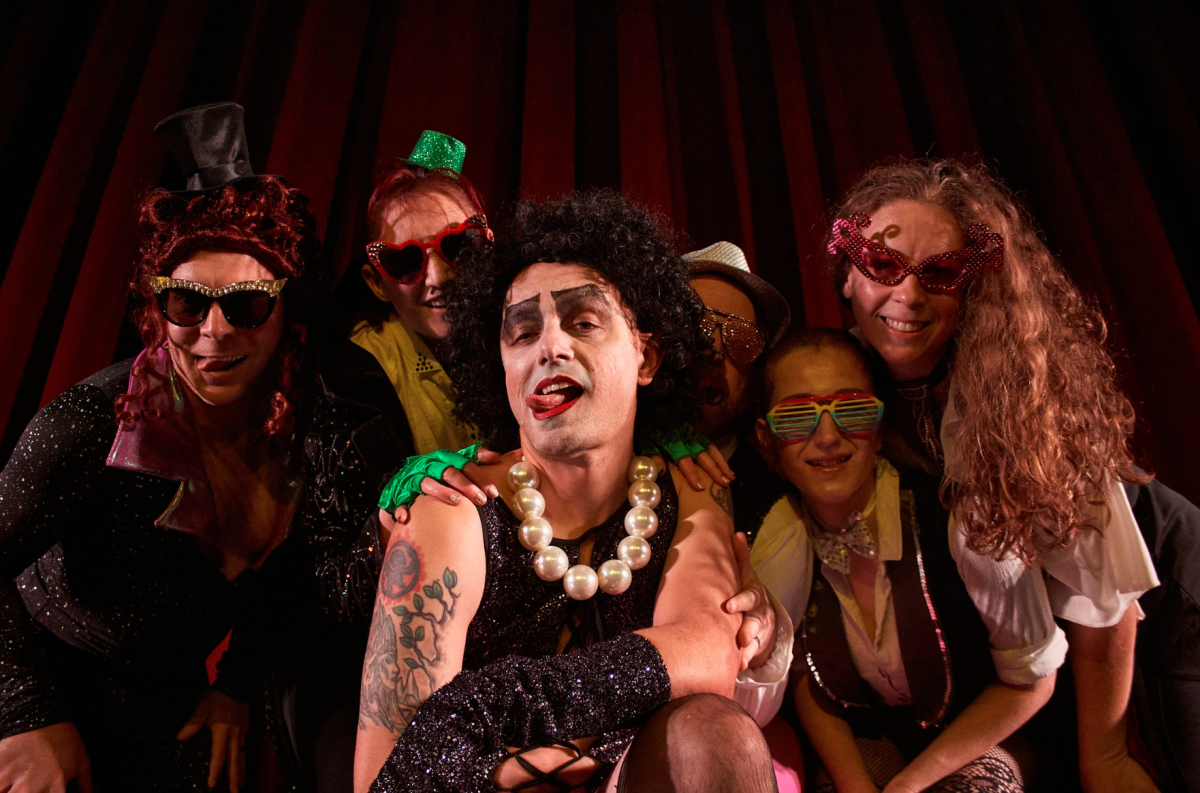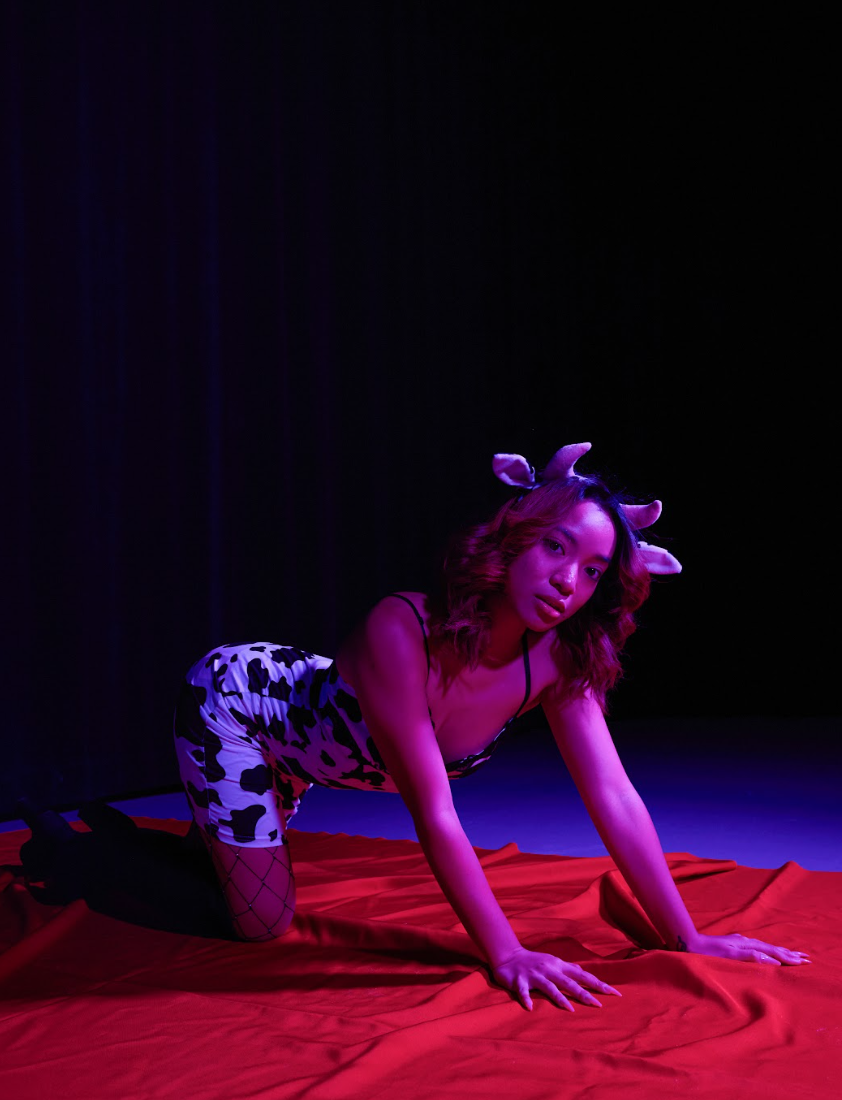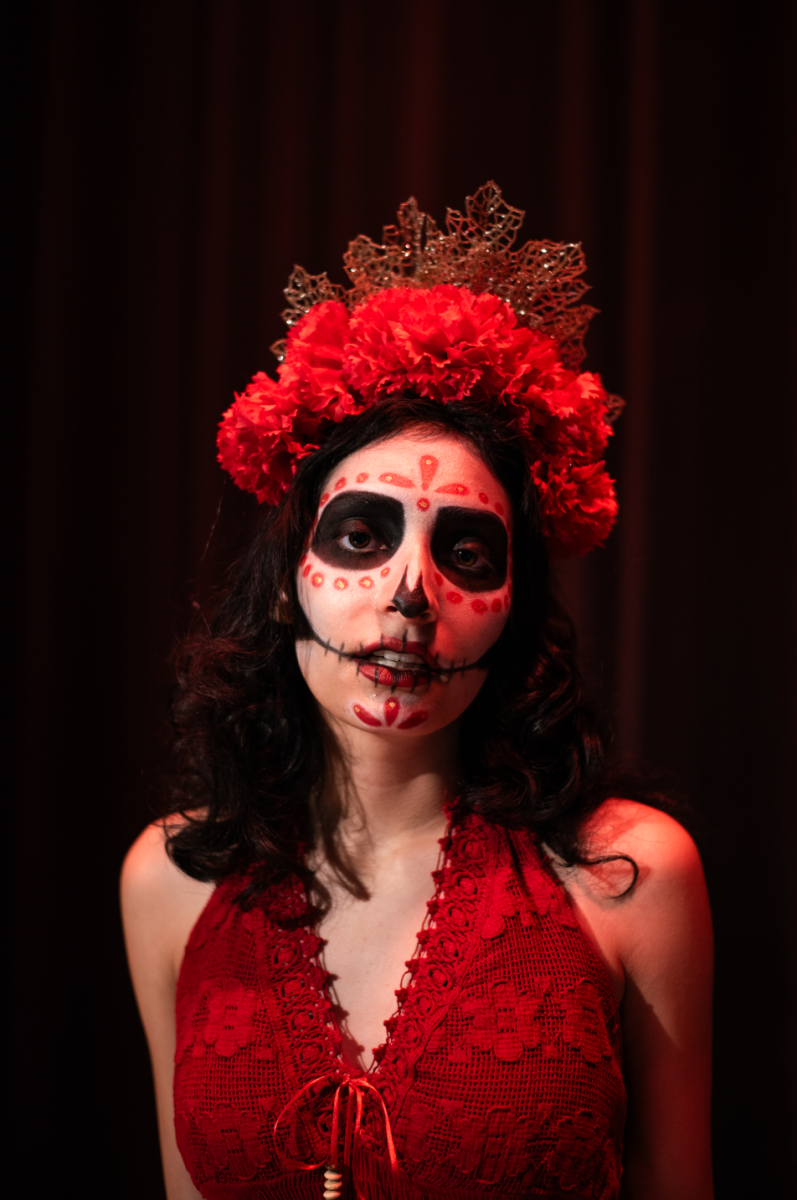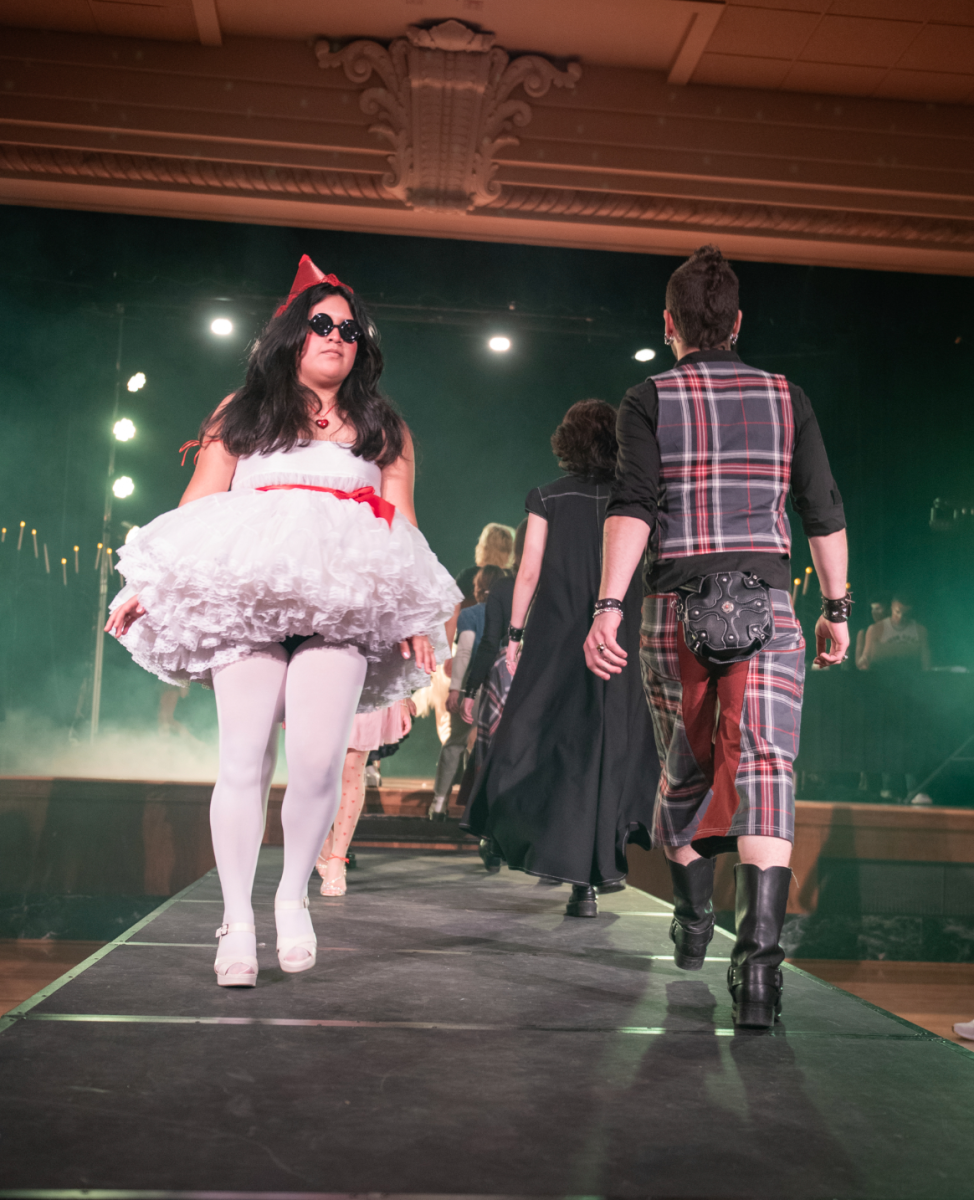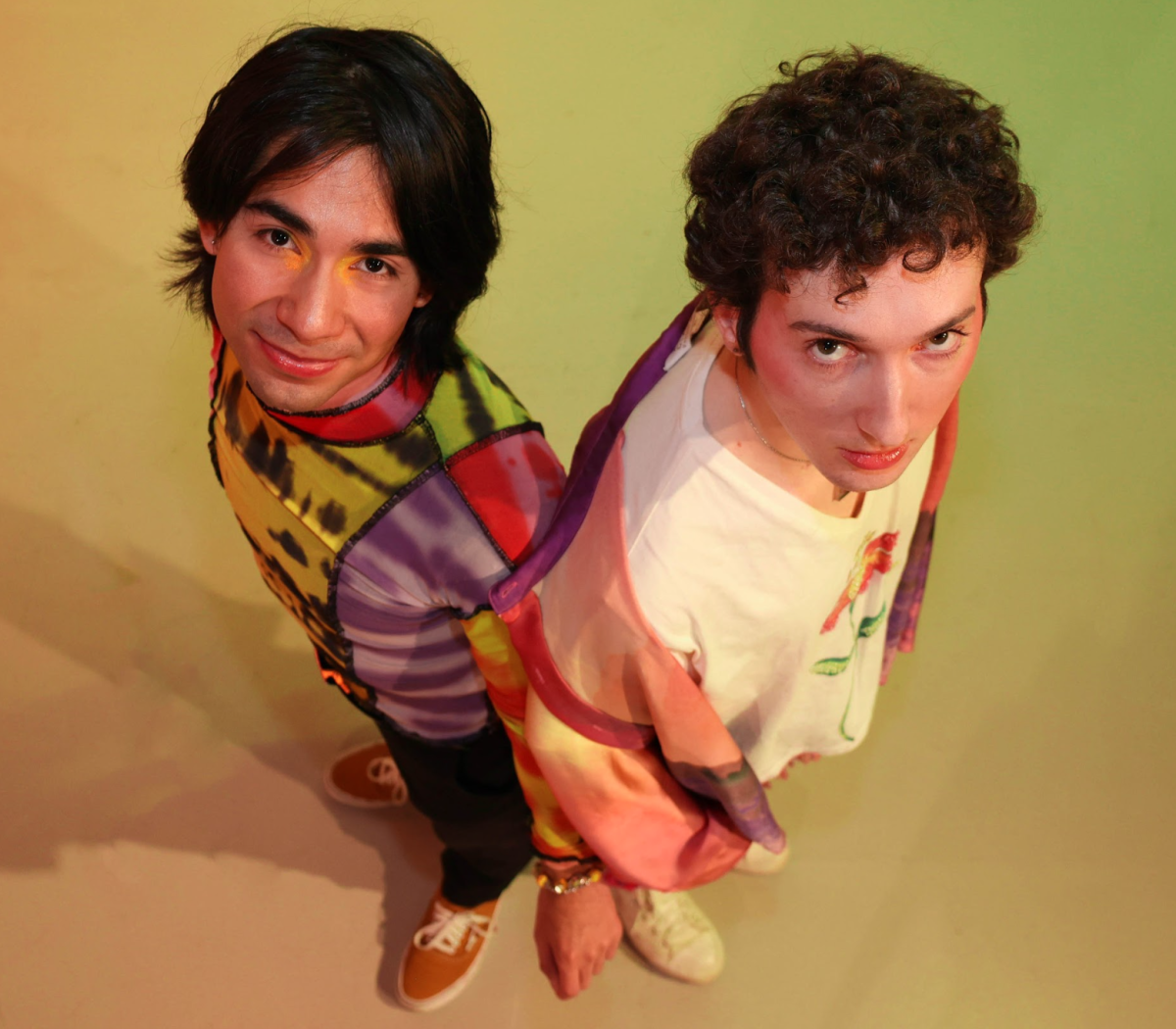Are you a good witch or a bad witch? Or a Stevie Nicks witch?
When you hear the word “witch” what image pops into your head? Is it a woman dressed in all black with a pointy hat to match her pointy nose? Maybe accessorizing with a broom? While this may be stereotypically true through media representation, a witch has always been and will forever be, so much more than that.
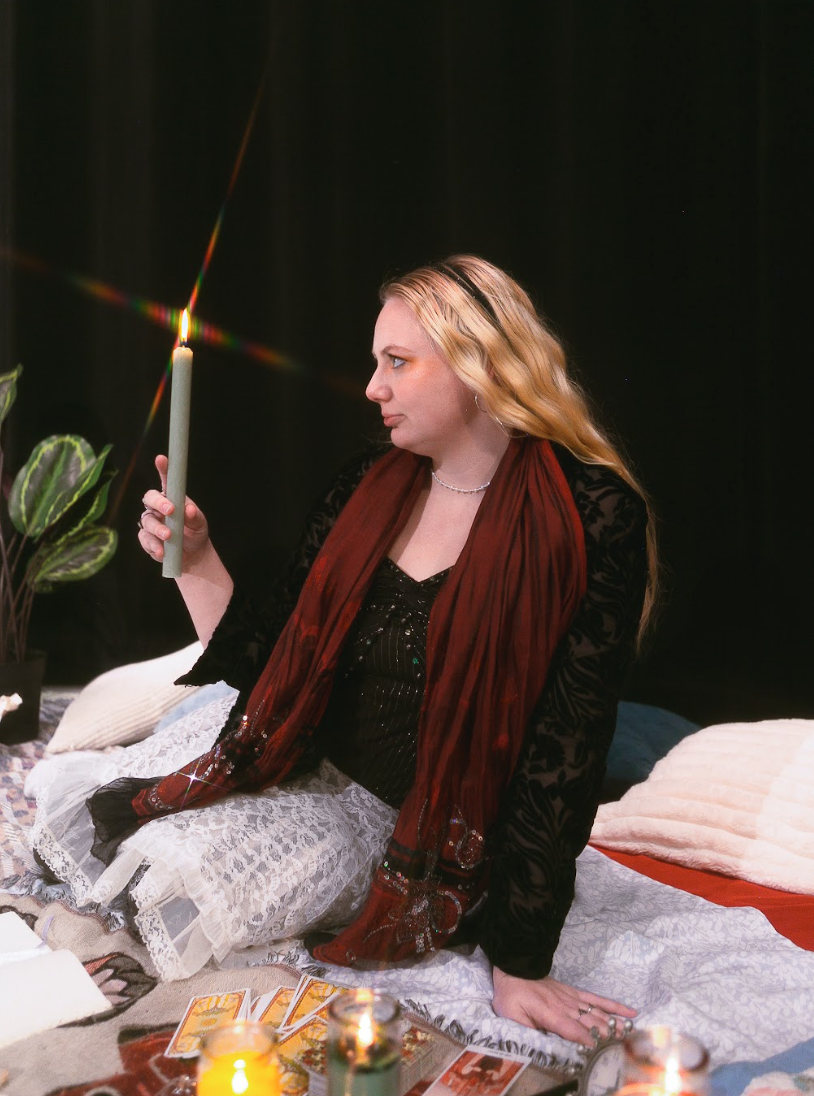
To call someone a witch and to call oneself a witch are two very different actions. While the negative connotation of one stems from centuries of misconception, the ladder is a form of empowerment and identity.
This holds true for Oregon State University sophomore, Shey Catt, a self-identified witch and member of the Pagan Student Association at OSU.
According to Catt, exercising witchcraft is a way to, “experience girlhood from a fantastical point of view, which has been stripped away from young women for so long.”
Witchcraft can be traced back all the way to the fifteenth century, and these are not the same witches of our contemporary imaginations. In artworks such as Albrecht Dürer’s “Witch Riding Backwards On a Goat” (painted in 1500) and Martin le Fanc’s “Le Champion des Dames” (painted in 1451) this is where we see our first images of witches with broomsticks.
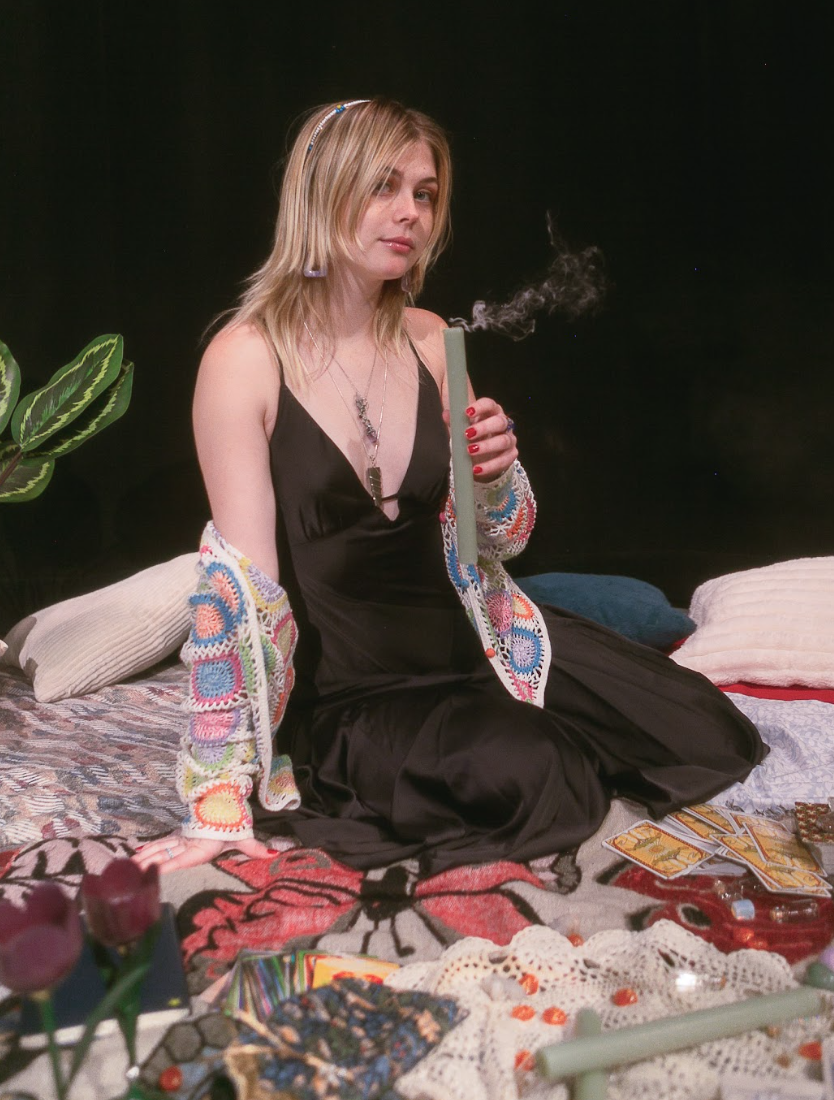
At this time, if witches weren’t nude, they were dressed in homemade dresses and robes which can be seen in works of arts such as Albrecht Dürer’s “The Four Witches” (painted 1497). In this time period, women held more power than ever. For so long, witches were healers, herbalists, and midwives, they were “doctors without degrees” (Barbara Ehrenreic, Witches, Midwives, and Nurses). After people (men in particular) began to fear this power and in attempts to strip that away, historical events such as the Salem Witch Trials occurred.
It wasn’t until 1939 that we got our first and most famous representation of witches on television through “The Wizard Of Oz”. Here we see Glinda the good witch in a pink, princess-like, sparkly ball gown, a star wand, and a fabulous silver crown, all to go along with her soft feminine voice and features.
On the other hand, the antagonist, the wicked witch of the west, appeared with her green skin and more aggressively defined voice and features can be seen in a black dress, cloak, hat, and a broomstick by her side. Although this film was released over 80 years ago, this image and wardrobe is still commonly what we associate with witches today.
“There is no right or wrong way to dress like a witch,” said Paige Baker, an OSU sophomore and member of the Pagan Student Association. “A witch can wear and be whatever they want, as long as they feel confident and comfortable with who they are.”

With the rise of witchcraft on social media and “WitchTok”, we are now seeing so many people with crystals around their necks, long skirts, lace galore, and the Stevie Nicks lifestyle.
Stevie Nicks not only looked, dressed, and acted like a witch.
“She wrote the anthems for witches,” Catt said.
Stevie Nicks brought free spirited, Bohemian, mystical, style to the forefront of the fashion world. This groovy impact can be seen on modern day fashion and the popularity of lace, layers and free flowing clothing.
When Catt expresses herself through this witchy fashion, such as a long skirt, she is embracing her energy.
“Letting my energy flow in every witch-way because as women, we are constrained in so many ways of everyday life, why would we constrain ourselves through fashion,” Catt said.
It wasn’t until the 1970s that we saw the beginning of modern-day witchcraft that is practiced by so many around us. During the prominence of the second wave feminist movement, women were gaining strong awareness of the ways witches were treated unjustly by both the medical system and society, and with this came the rise of Paganism – a self-directed spiritual path – in women and the rise of Stevie Nicks.
Practicing witchcraft is a form of sisterhood, empowerment and when Catt is wearing her witchy attire it is like, “wearing the letters of my sorority.”
In the Chi Omega Sorority there are many witches and members of the Pagan Student Association, including Catt’s sorority “twin,” Baker.
“(I) not only found my community on campus but found a way to connect myself with the Earth and a higher power,” Baker said.



